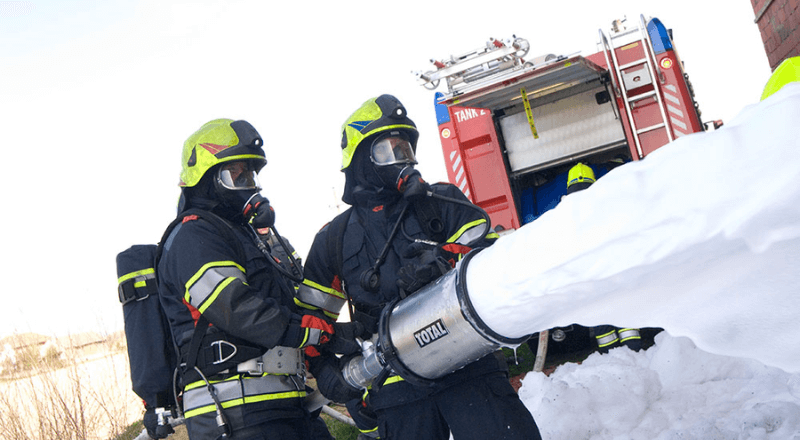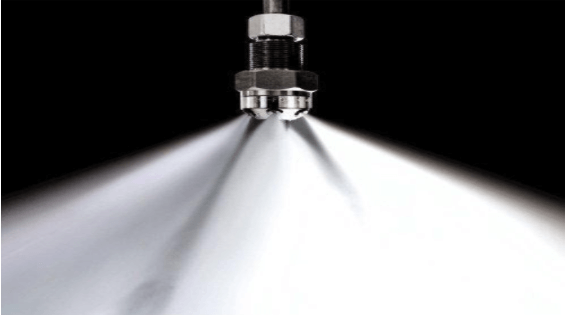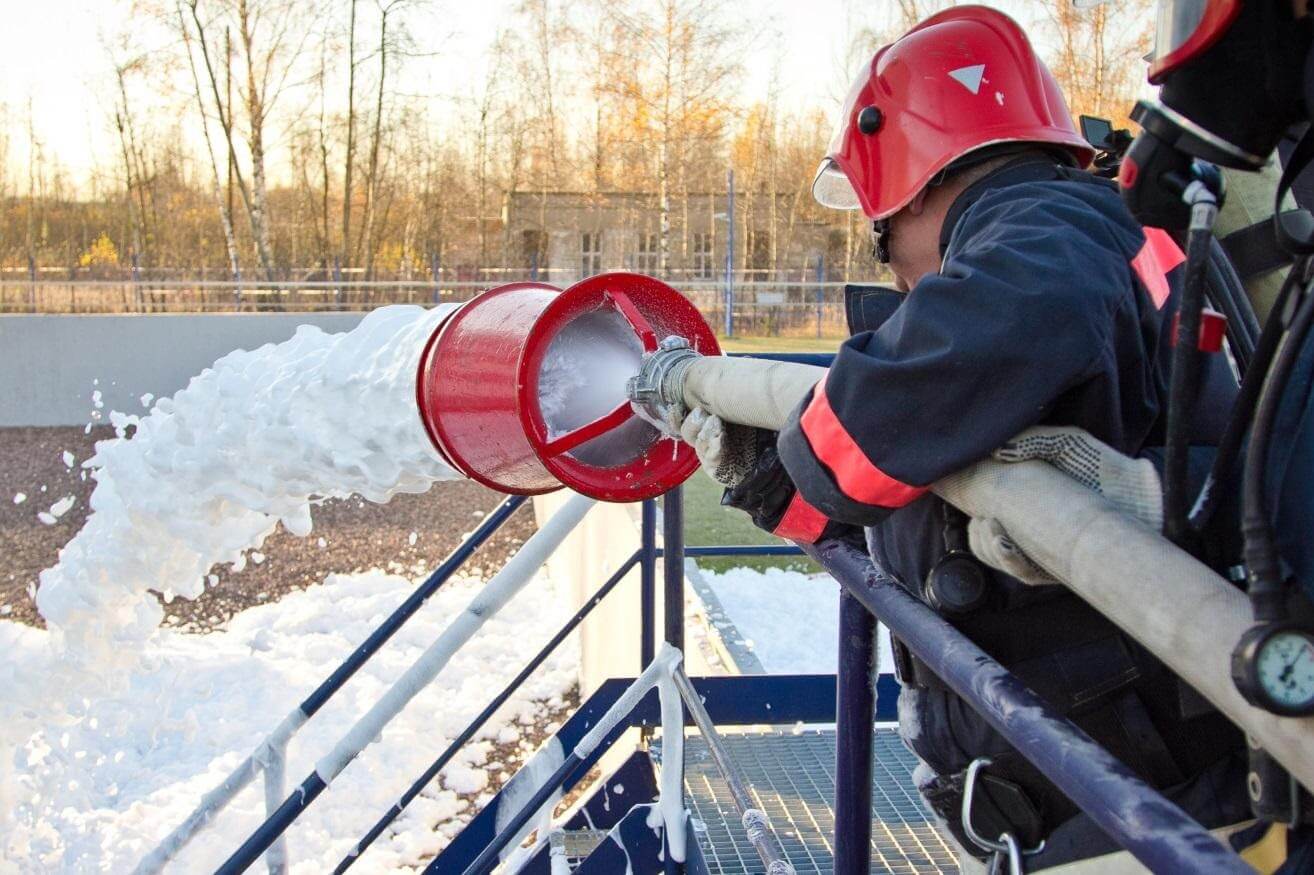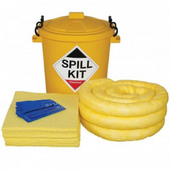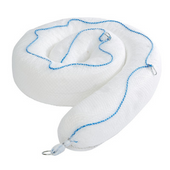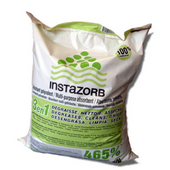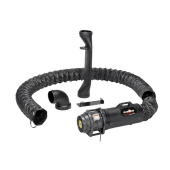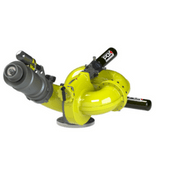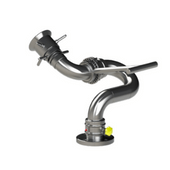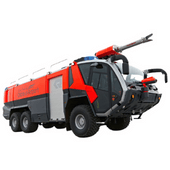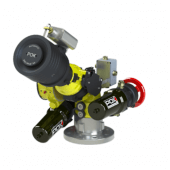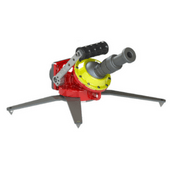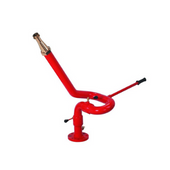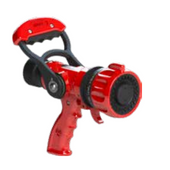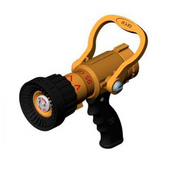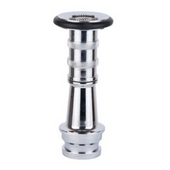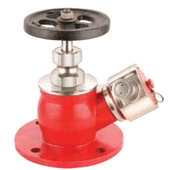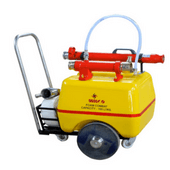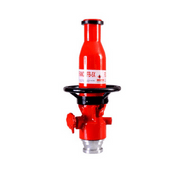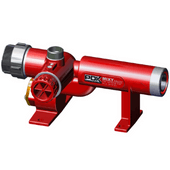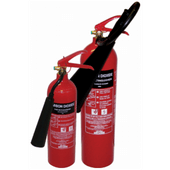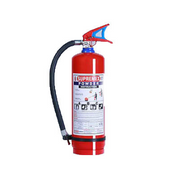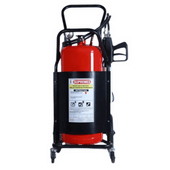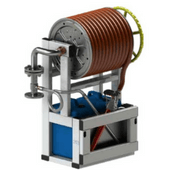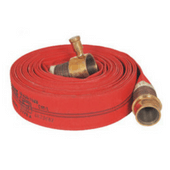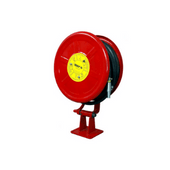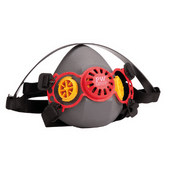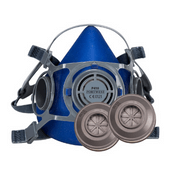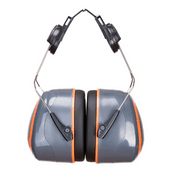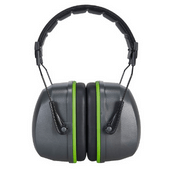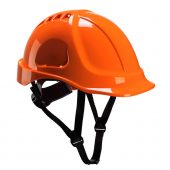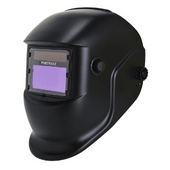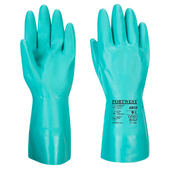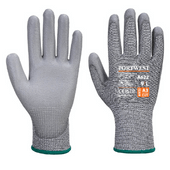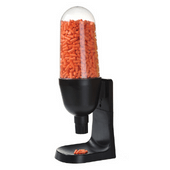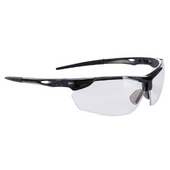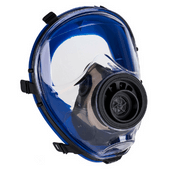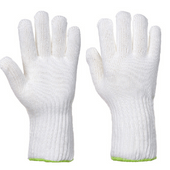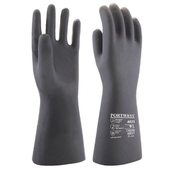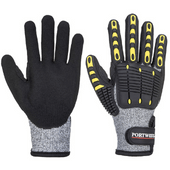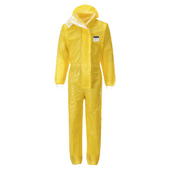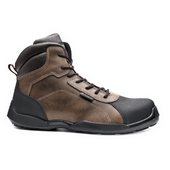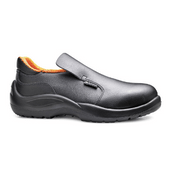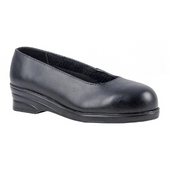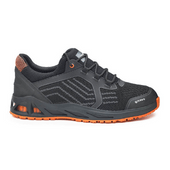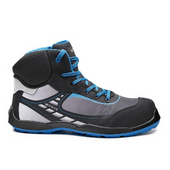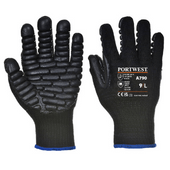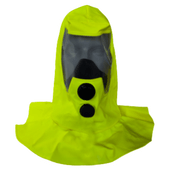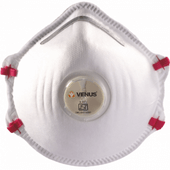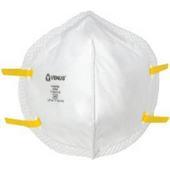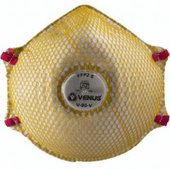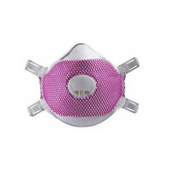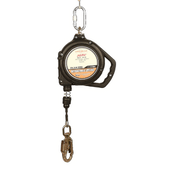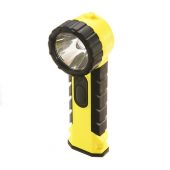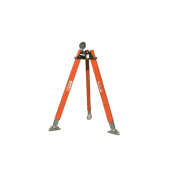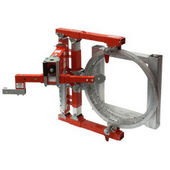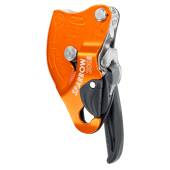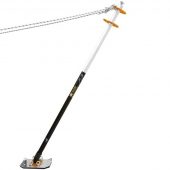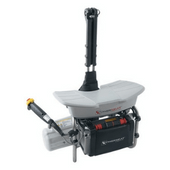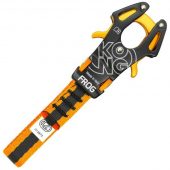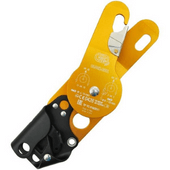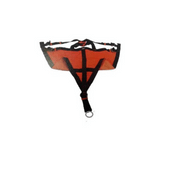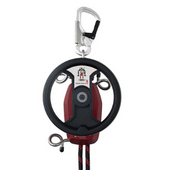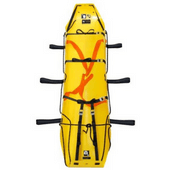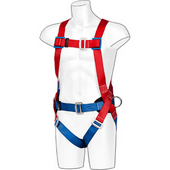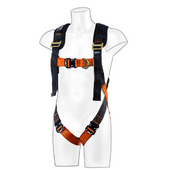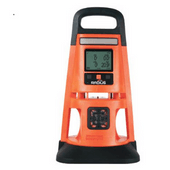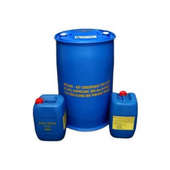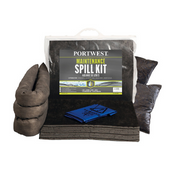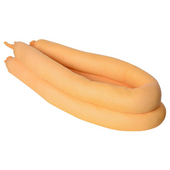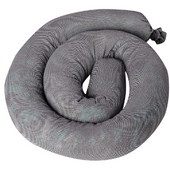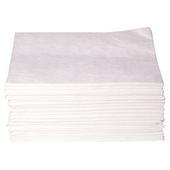
Safety Gloves: A selection guide for Industrial applications
There are many types of safety gloves available today to protect against a wide variety of hazards. The nature of the hazard and the operation involved will affect the selection of safety gloves. Employees must use Safety Gloves specifically designed for the hazards and tasks found in their workplace. Gloves designed for one function may not protect against a different function even though they may appear to be an appropriate protective device.
Safety Gloves Selection Criteria
The following are examples of some factors that may influence the selection of protective gloves for a workplace.
- Type of chemicals handled
- Nature of contact (total immersion, splash, etc.)
- Duration of contact
- Area requiring protection (hand only, forearm, arm)
- Grip requirements (dry, wet, oily)
- Thermal protection
- Size and comfort
- Abrasion/resistance requirements
Gloves made from a wide variety of materials are designed for many types of workplace hazards. In general, safety gloves fall into four groups
1) Leather, canvas or metal mesh safety gloves
Protection against cuts and burns.
- Leather protect against spark, heat, blows, chips and rough objects
- Aluminized gloves provide reflective and insulating protection against heat
- Aramid fiber gloves: protect against heat and cold, Cut and abrasion resistance
- Synthetic gloves: Protection against heat and cold
- Metal mesh: Protection from Cuts

2) Fabric and coated fabric safety gloves
Fabric gloves: protect against dirt, slivers, chafing and abrasions. They do not provide sufficient protection for use with rough, sharp or heavy materials
Coated fabric gloves: made from cotton flannel with napping on one side. It provides gneral-purpose hand protection offering slip-resistant qualities.

3) Chemical- and liquid-resistant safety gloves
Butyl gloves: Made from synthetic rubber and protect against a wide variety of chemicals, such as peroxide, rocket fuels, highly corrosive acids (nitric acid, sulfuric acid, hydrofluoric acid and red-fuming nitric acid), strong bases, alcohols, aldehydes, ketones, esters and nitro compounds. Butyl rubber does not perform well with aliphatic and aromatic hydrocarbons and halogenated solvents.

Natural (latex) rubber gloves: A popular general-purpose glove as they are comfortable to wear. They feature outstanding tensile strength, elasticity and temperature resistance. In addition to resisting abrasions caused by grinding and polishing, these gloves protect employees’ hands from most water solutions of acids, alkalis, salts and ketones.

Neoprene gloves: They are made of synthetic rubber and offer good pliability, finger dexterity, high density and tear resistance. They protect against hydraulic fluids, gasoline, alcohols, organic acids and alkalis. They generally have chemical and wear resistance properties superior to those made of natural rubber.

Nitrile gloves: They are made of a copolymer and provide protection from chlorinated solvents such as trichloroethylene and perchloroethylene. Although intended for jobs requiring dexterity and sensitivity, nitrile gloves stand up to heavy use even after prolonged exposure to substances that cause other gloves to deteriorate. They offer protection when working with oils, greases, acids, caustics and alcohols but are generally not recommended for use with strong oxidizing agents, aromatic solvents, ketones and acetates.
 PVA /Viton Gloves: Excellent choice for aromatic products like Benzene and Benzene derivatives.
PVA /Viton Gloves: Excellent choice for aromatic products like Benzene and Benzene derivatives.
 Polyvinyl chloride (PVC) :They are made of PVC material and good for acids, bases, oils, fats, peroxides, and amines and offer good resistance to abrasions. However not suitable for most organic solvents
Polyvinyl chloride (PVC) :They are made of PVC material and good for acids, bases, oils, fats, peroxides, and amines and offer good resistance to abrasions. However not suitable for most organic solvents

4) Insulating rubber Safety gloves:
Offers protection from electric hazards and comes with different voltage ratings

Check our exclusive collection of top quality Safety Gloves in personal protective equipment segment to select the best quality gloves from reputed brands.
Post our quick reference guide at your workplace to help your employees in selecting the right product. Download here for FREE : Safety Gloves Selection Guide





